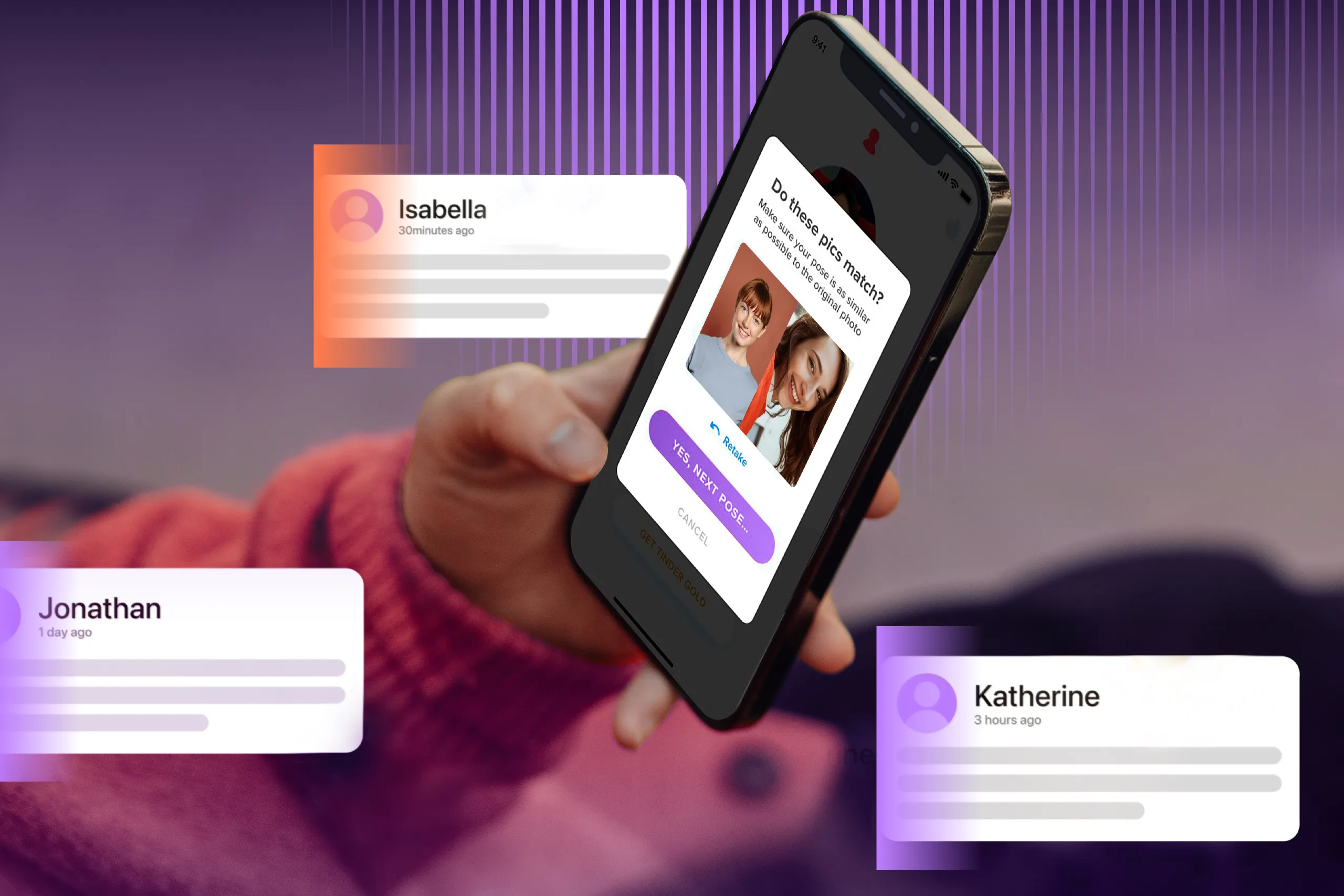Scammers frequently exploit online communication channels, often dragging legitimate platforms—such as dating apps and social media—into their schemes.
When successful, fraudsters reap the benefits, while platforms like Tinder, Facebook, and Instagram face reputational damage and public backlash.
This article explores the most common romance scams, strategies for personal protection, and the critical role of identity verification in preventing fraud.
More on this topic: Identity Verification for Online Dating Apps
Subscribe to receive a bi-weekly blog digest from Regula
Is romance fraud a real threat?
Romance scams continue to be a major issue worldwide, with certain countries seeing particularly high victim rates. According to Statista, 66% of surveyed individuals in India have experienced at least one online dating scam, followed by New Zealand and the US, both at 25%.
Financially, the impact is staggering. In the US alone, reported losses due to romance scams reached $1.14 billion in 2023, with a median loss of $2,000 per victim. The Federal Trade Commission states that this is the highest reported loss for any type of imposter scam. In some cases, the stakes are even higher—such as a Pennsylvania widow who lost her life savings of nearly $40,000 after accepting a simple Facebook friend request.
The following infographic highlights the scale of the threat, common romance scam tactics, and key warning signs to help spot impostors. To zoom in, open the image in a new tab.

Where to report romance scams or other types of cyber fraud:
How can businesses unmask fraudsters?
The rise of accessible and powerful generative AI tools has made scamming easier than ever. Fraudsters can now create highly convincing fake profiles on social platforms, making online deception more sophisticated and harder to detect.
As the problem escalates, stronger fraud prevention measures are essential. While some social platforms already use identity verification during onboarding, these measures must evolve to counter emerging threats like deepfakes. Key solutions include:
ID document verification—Verifying government-issued IDs (e.g., passports, national ID cards) linked to an account owner adds an extra barrier for scammers.
Biometric verification—Matching a live selfie to the ID photo ensures the document belongs to the person using it.
Liveness detection—Confirms the selfie is from a real user, preventing spoofing and deepfake fraud.
Real-time monitoring—Identifies suspicious activity, prompting reverification to prevent account takeovers.
Regula strengthens fraud detection with advanced IDV solutions, including Regula Document Reader SDK and Regula Face SDK. Designed to detect deepfakes and other presentation attacks, our technology ensures seamless integration across platforms.
Contact us to enhance your fraud prevention strategy today!





